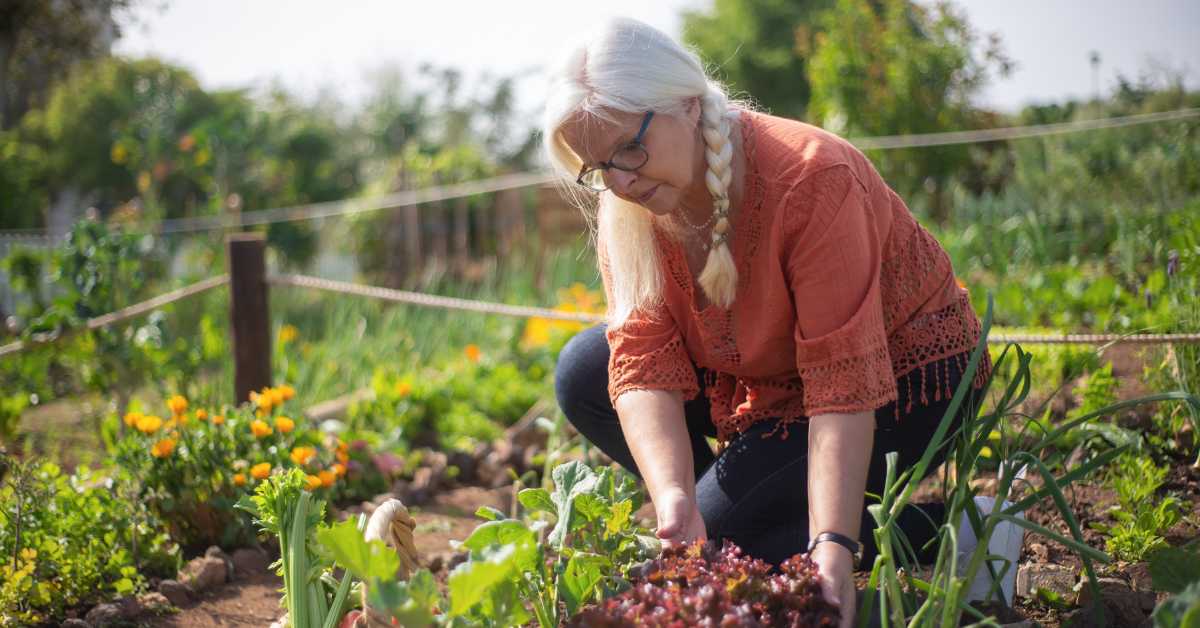Starting your first vegetable garden is exciting. The idea of plucking fresh tomatoes, crunchy cucumbers, or fragrant basil straight from your backyard is incredibly rewarding. But let’s face it—gardening can feel intimidating at first. You might worry about doing it “right,” but the good news is that most mistakes are entirely avoidable. Here are some common beginner pitfalls and practical ways to avoid them so you can enjoy a flourishing vegetable garden from the start.
1. Diving In Without a Plan
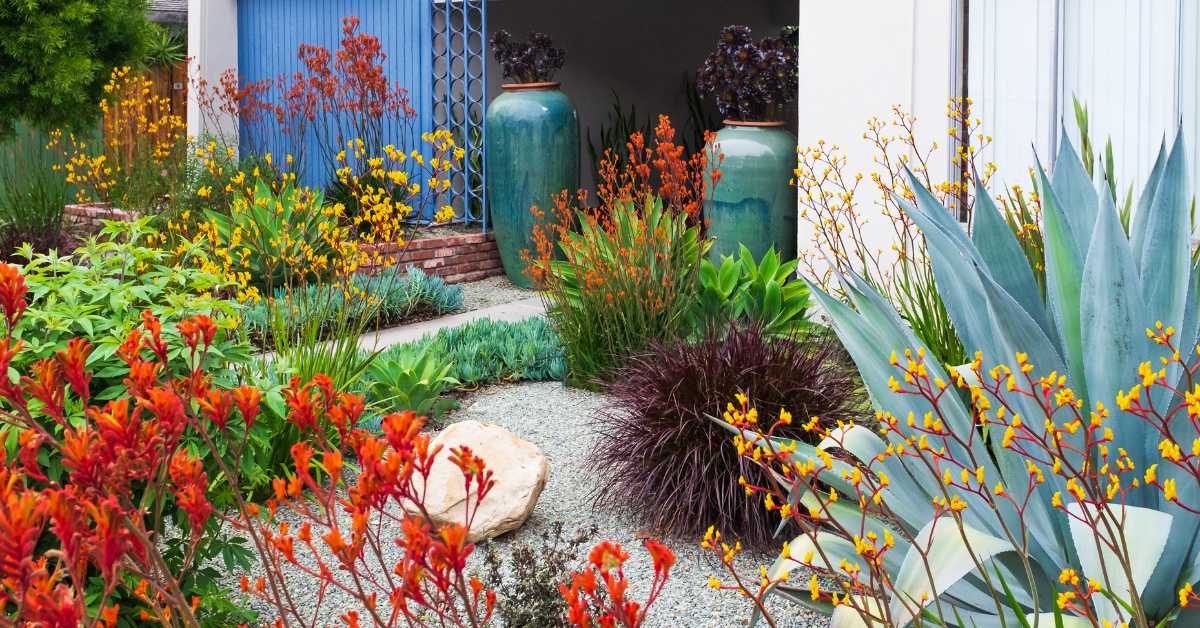
It’s easy to get caught up in the excitement of planting, but without a plan, your garden can quickly become chaotic. Vegetables have different needs—some crave full sunlight, while others prefer a little shade. Start by sketching out your space. Decide where you’ll plant each crop based on their sunlight and spacing requirements. This small step ensures that every plant gets what it needs to thrive.
2. Trying to Grow Everything at Once
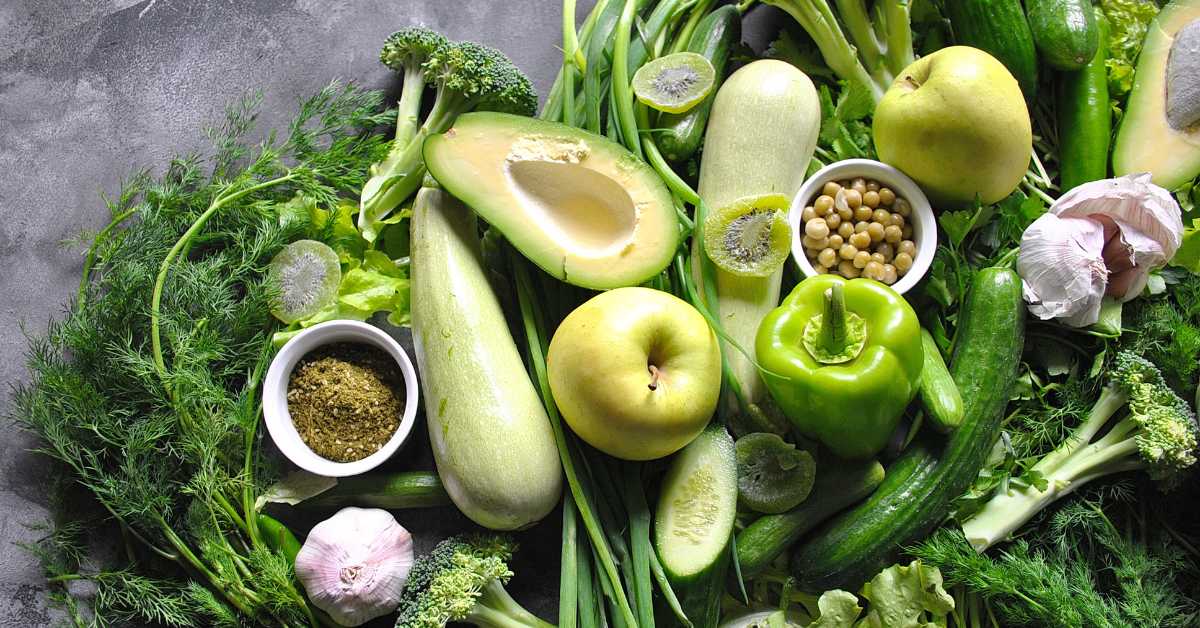
It’s tempting to go all out with your first vegetable garden—planting a little bit of everything. But gardening is like any skill; it’s better to start small and build your confidence. Stick with a handful of beginner-friendly vegetables like lettuce, radishes, or cherry tomatoes. They’re easy to grow, mature quickly, and will give you that satisfying first harvest without feeling overwhelming.
3. Ignoring the Seasons

Every vegetable has its moment, and planting outside the right season is one of the quickest ways to sabotage your efforts. Cool-weather crops like spinach and kale thrive in spring and fall, while heat-lovers like zucchini and peppers need the summer sun. Check your local planting calendar and stick to it—it’s a simple way to set yourself up for success.
4. Overlooking the Importance of Soil

Healthy plants start with healthy soil—it’s as simple as that. Many beginners make the mistake of planting in poor soil and wondering why their vegetables struggle. Before you start, enrich your soil with compost or organic matter to provide the nutrients your plants need. If you want to get fancy, test your soil’s pH and nutrient levels to fine-tune your garden’s foundation.
5. Planting Too Close Together

It’s hard to imagine those tiny seedlings will need much space, but they grow quickly—and they’ll compete for sunlight, nutrients, and water if planted too close. Overcrowded gardens also make plants more susceptible to pests and diseases. Give each plant the room it needs to spread out and grow. Check seed packets or plant tags for spacing guidelines and stick to them.
6. Watering All Wrong

Watering might seem straightforward, but it’s a common source of trouble for new gardeners. Overwatering can drown roots, while underwatering leaves plants stressed and struggling. A good rule? Water deeply but less often, encouraging roots to grow downward. Early mornings are the best time to water, as it gives plants time to absorb moisture before the heat of the day.
7. Letting Weeds Take Over
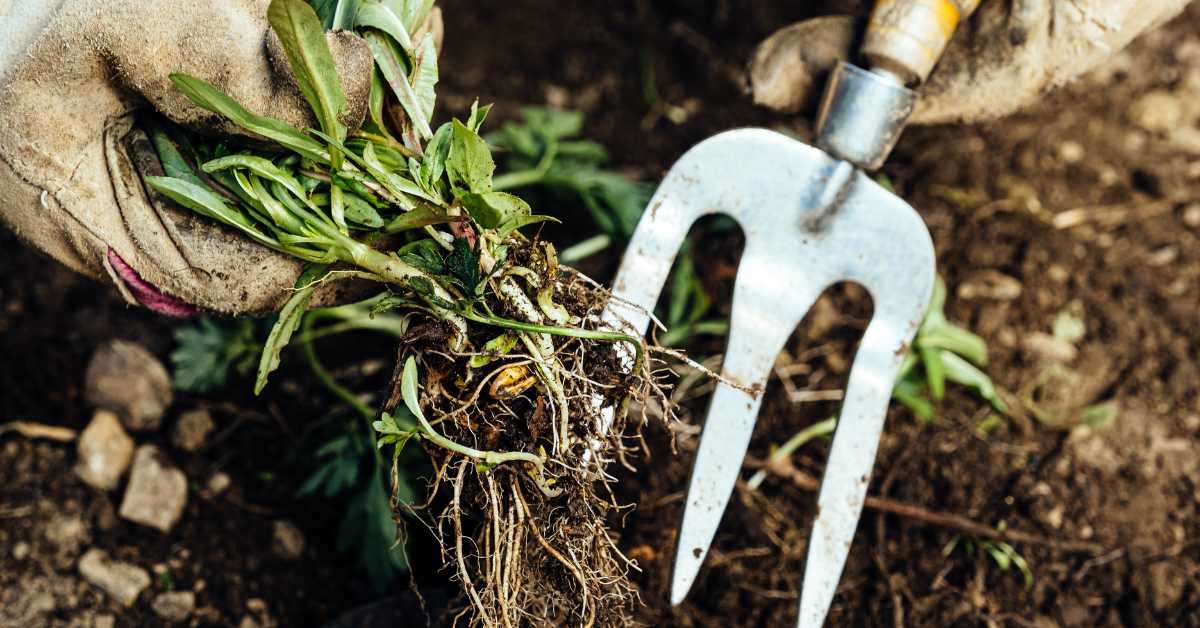
Weeds are sneaky. They pop up fast, stealing water, nutrients, and sunlight from your vegetables. Tackling them early makes life so much easier. Use mulch to keep weeds at bay while also helping the soil retain moisture. A quick weekly weeding session will save you from a bigger headache later.
8. Forgetting About Pests

Pests are part of gardening, but ignoring them can lead to disaster. Keep an eye out for signs like chewed leaves or sticky residue (a sign of aphids). There are plenty of natural ways to keep pests in check—like planting marigolds to repel bugs or spraying a homemade garlic solution. Early intervention is key to keeping your garden healthy.
9. Choosing the Wrong Spot
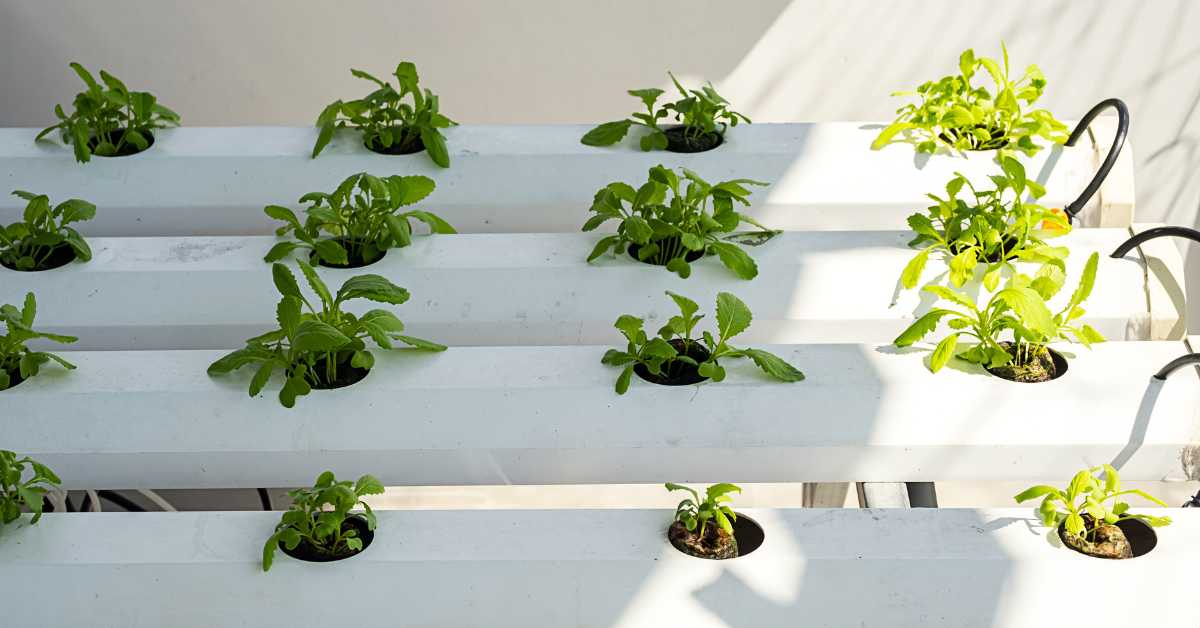
Vegetables need plenty of sunlight—most require six to eight hours a day. A shaded area or a spot near trees that block light isn’t ideal. Observe your space for a few days to find the sunniest areas. If you’re short on full-sun spots, consider planting shade-tolerant crops like leafy greens.
10. Waiting Too Long to Harvest

There’s nothing worse than waiting too long to harvest and ending up with overripe, bitter, or tasteless vegetables. Learn the right time to pick each crop—zucchinis are best when they’re small and tender, while tomatoes should be firm and brightly colored. Regular harvesting also encourages plants to produce more, so don’t be shy about picking.
11. Skipping Crop Rotation

Even in small gardens, growing the same vegetables in the same spots year after year can deplete the soil and attract pests. Rotate your crops each season—switch up leafy greens, root vegetables, and fruiting plants. It’s an easy way to keep your soil healthier and your plants happier.
12. Thinking Gardening Is a One-Time Effort
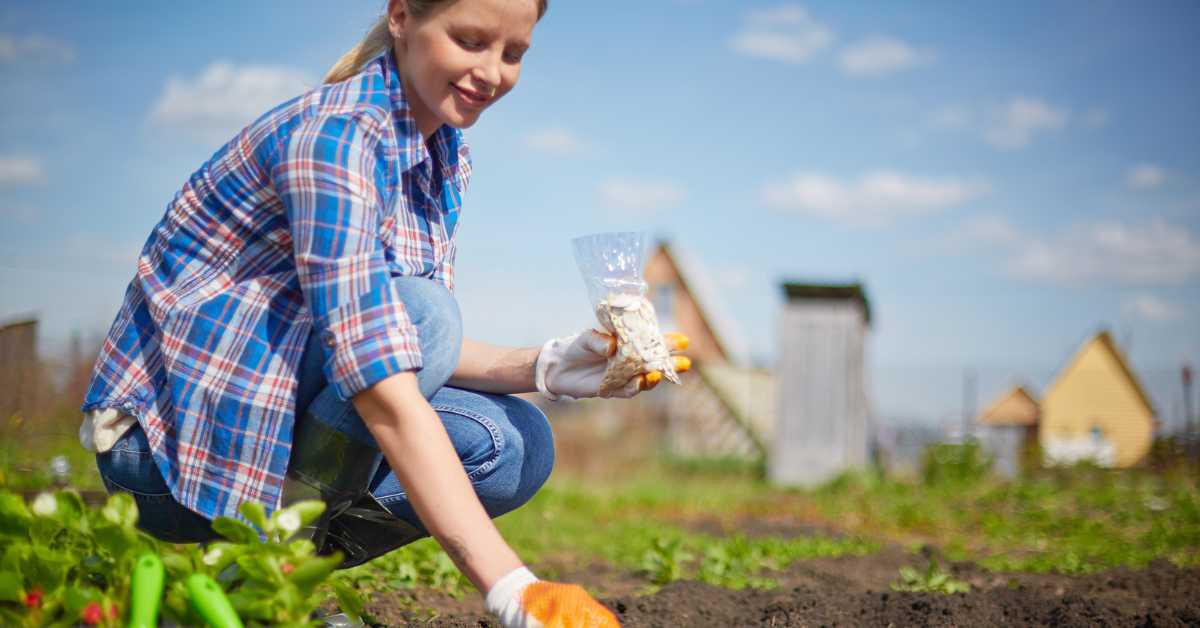
Gardening isn’t a set-it-and-forget-it project. Plants need consistent care to thrive. Regular watering, weeding, and pest checks go a long way in keeping your garden productive. Block out a little time each week to tend to your plants. It’s not just about the maintenance—it’s a chance to connect with your garden and enjoy the process.
Your First Vegetable Garden Is a Journey
Starting your first vegetable garden is about more than just growing food—it’s about learning, experimenting, and discovering what works best for you. Mistakes are inevitable, but they’re also valuable lessons that will make you a better gardener over time.
If you’re looking for extra support, consider using tools like AiFarming. It simplifies gardening by providing insights into soil health, watering needs, and pest control, helping you make informed decisions every step of the way.
Remember, the most important thing is to enjoy the journey. Happy gardening! 🌱

